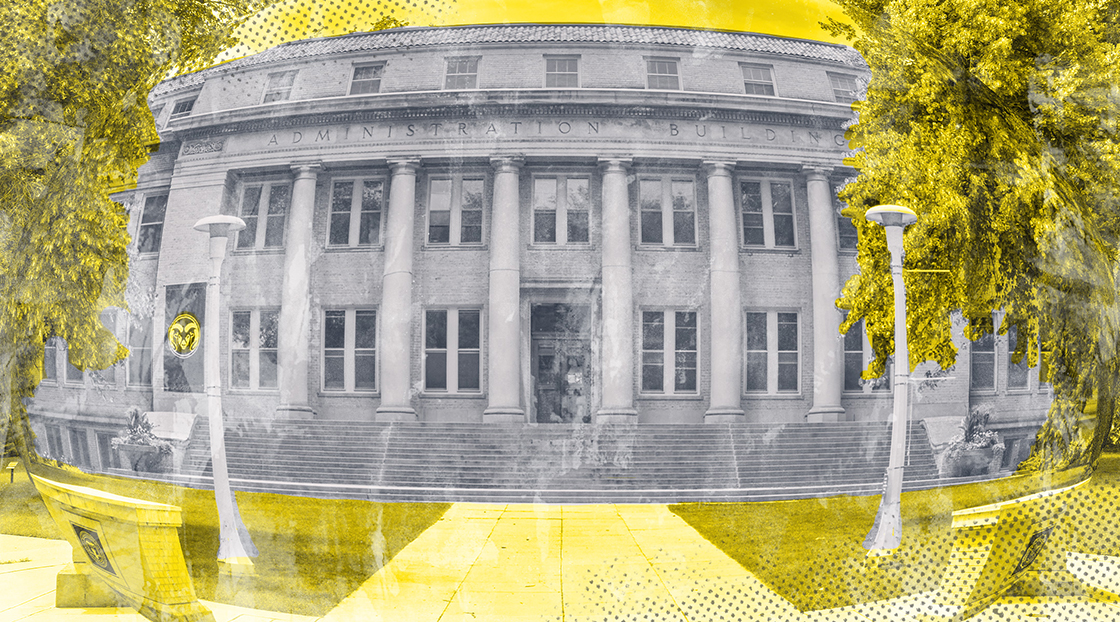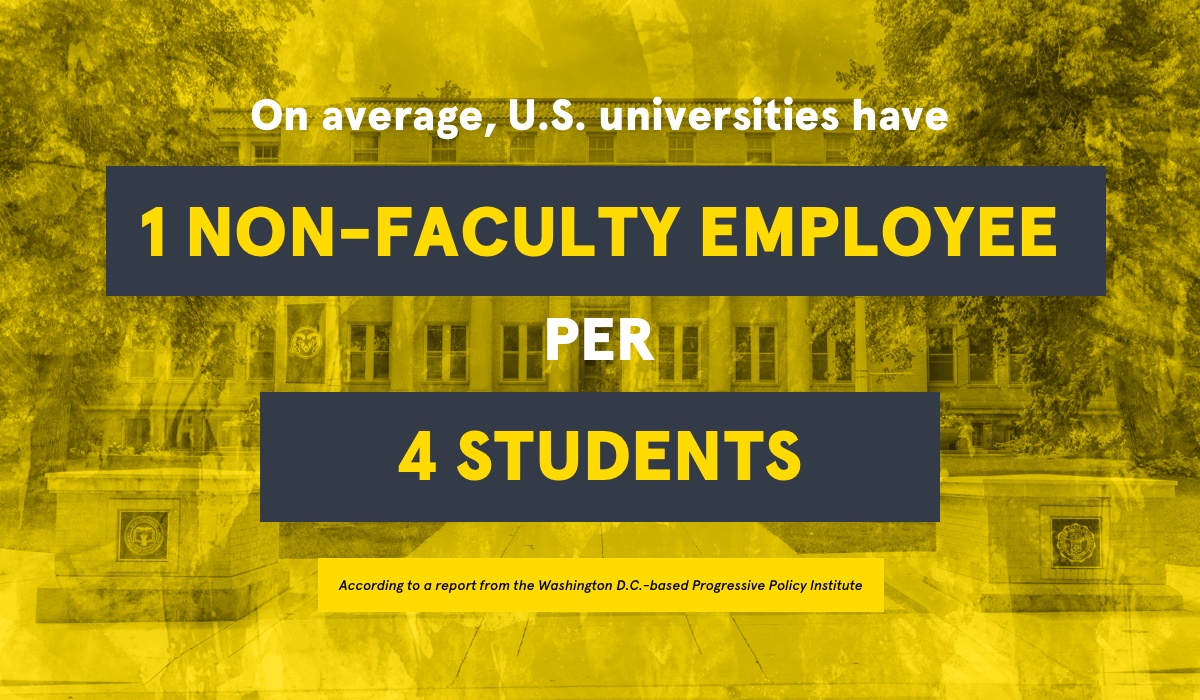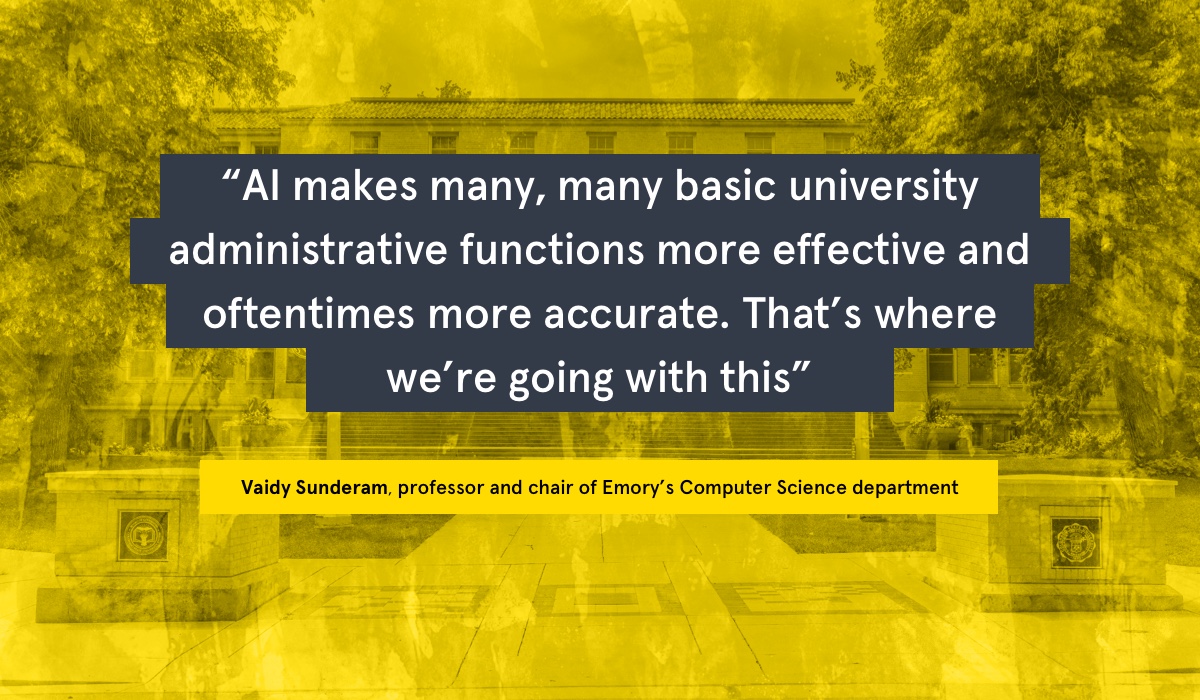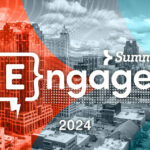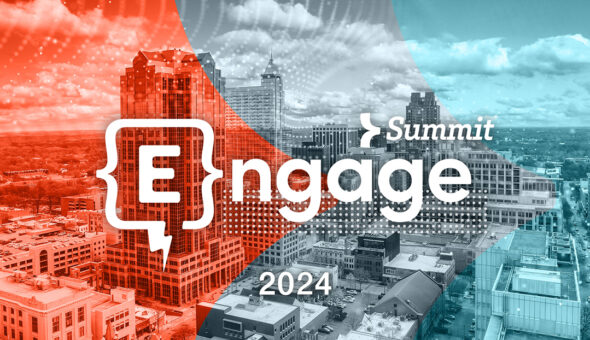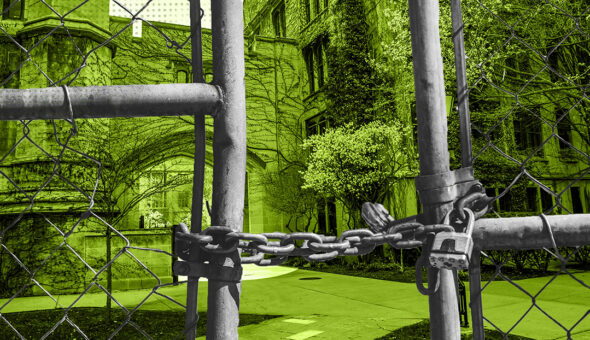Weinstein believes some of the most unnecessary services that schools offer come in career services and advising. With a few exceptions like law school and finance, most careers don’t have clear paths coming out of school, he said.
“Students don’t get jobs through their university career service departments,” he said. “They’re glorified resume editors that teach interviewing skills. It’s a lot of resources you could get for free or at least less money elsewhere if you didn’t go through your school.”
That’s where AI comes in. The technology, Weinstein says, has “the potential to help reduce costs in a number of ways, in any industry.”
He pointed to advising as a potential area where AI could quickly help cut hundreds of thousands of dollars each year from schools’ bottom lines. Instead of using faculty and advisors to answer basic questions in departments such as career services and registration — even within classes for course-related questions — an AI chatbot could handle an infinite amount of questions from an infinite number of students. That, in turn, could free faculty and advisors to answer more in-depth and personalized student questions, he said.
